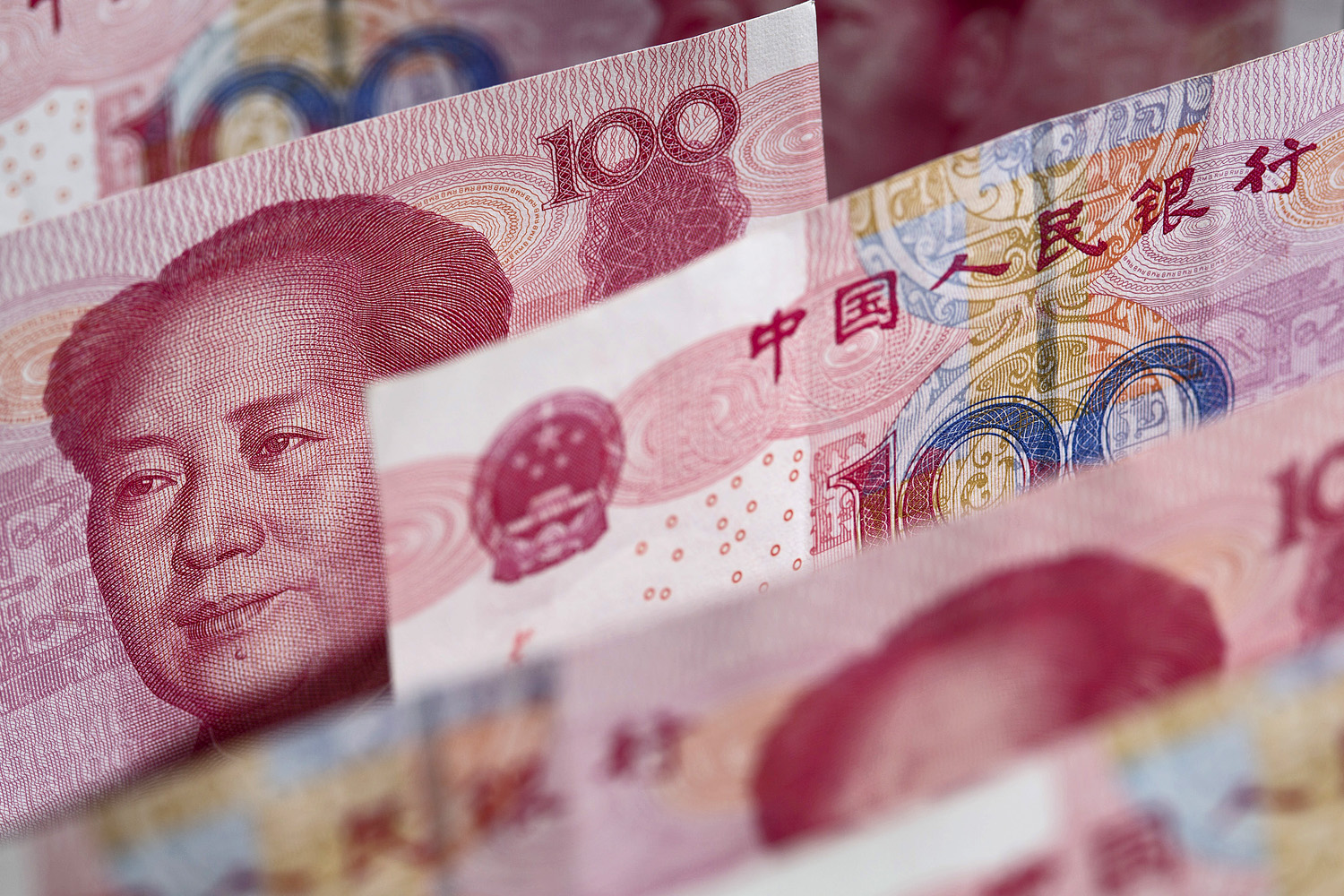Capital inflows to China this year will break the record and amount to $ 580 billion ($ 436 billion in 2017). This will be supported by increased investor access to the domestic market (portfolio investments will exceed $ 230 billion against $ 117 billion a year earlier). The net inflow of funds into the country will become positive for the first time since 2013 and amount to $ 160 billion. At the same time, the figure for other markets will decrease by 30% to $ 559 billion, that is, almost to the level of 2016 of $ 544 billion (in 2017 amounted to $ 824 billion).
The slowdown in inflows can primarily be explained by reduction in portfolio investment in debt instruments (from $ 331 billion in 2017 to $ 246 billion in 2018). Fiscal and external imbalances remain a significant risk for Argentina (the country received financial assistance from the International Monetary Fund), and the IIF also listed Turkey, India, South Africa, Brazil and Egypt. At the same time, investments in stocks may again become interesting for investors, given the significant correction in the markets and weakening of the currencies of developing countries, although this inflow over the year is likely to be less significant than before ($ 64 billion against $ 85 billion in 2017 ). On average, the monthly inflow of portfolio investments declined by 40% compared to last year - to $ 19 billion, while the total outflow of funds from non-residents could exceed 30 billion - in countries such as Russia, India, Turkey and Thailand.
With regard to risks, the markets have already survived tightening of the monetary policy of the Fed, the IIF noted. However, the institute also points to additional risks associated with the US and Chinese trade war, as well as the uncertainty of the internal policy of the PRC - additional stimulation of the country's economy can maintain growth rates, but it threatens with new “bubbles”. A wave of sales can also be caused by the tightening of sanctions against Iran and Russia.
source: reuters.com
The slowdown in inflows can primarily be explained by reduction in portfolio investment in debt instruments (from $ 331 billion in 2017 to $ 246 billion in 2018). Fiscal and external imbalances remain a significant risk for Argentina (the country received financial assistance from the International Monetary Fund), and the IIF also listed Turkey, India, South Africa, Brazil and Egypt. At the same time, investments in stocks may again become interesting for investors, given the significant correction in the markets and weakening of the currencies of developing countries, although this inflow over the year is likely to be less significant than before ($ 64 billion against $ 85 billion in 2017 ). On average, the monthly inflow of portfolio investments declined by 40% compared to last year - to $ 19 billion, while the total outflow of funds from non-residents could exceed 30 billion - in countries such as Russia, India, Turkey and Thailand.
With regard to risks, the markets have already survived tightening of the monetary policy of the Fed, the IIF noted. However, the institute also points to additional risks associated with the US and Chinese trade war, as well as the uncertainty of the internal policy of the PRC - additional stimulation of the country's economy can maintain growth rates, but it threatens with new “bubbles”. A wave of sales can also be caused by the tightening of sanctions against Iran and Russia.
source: reuters.com





